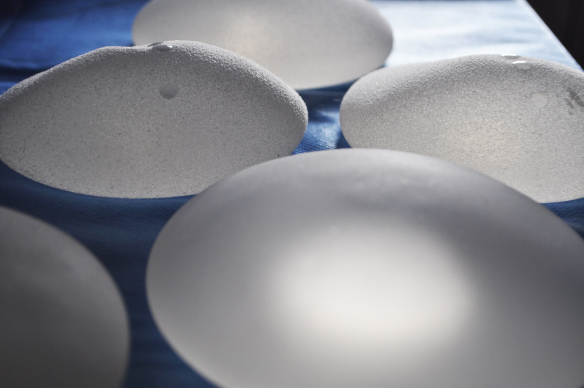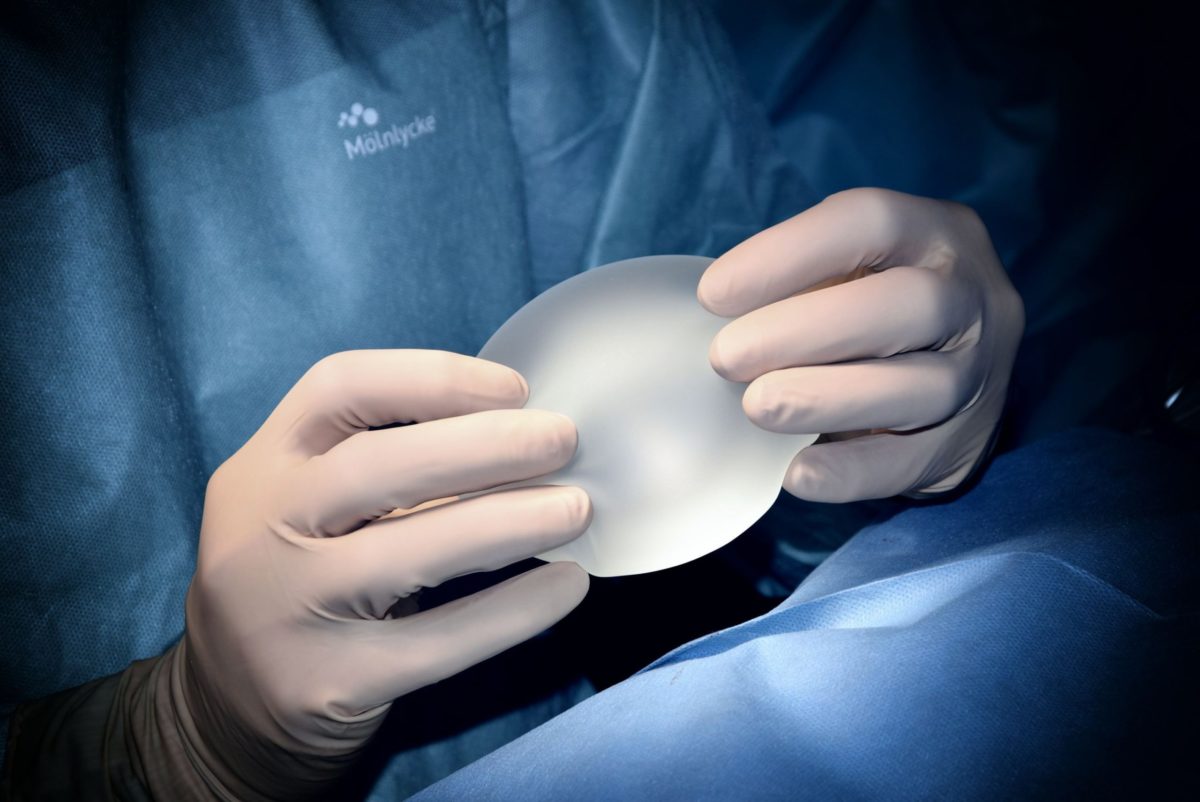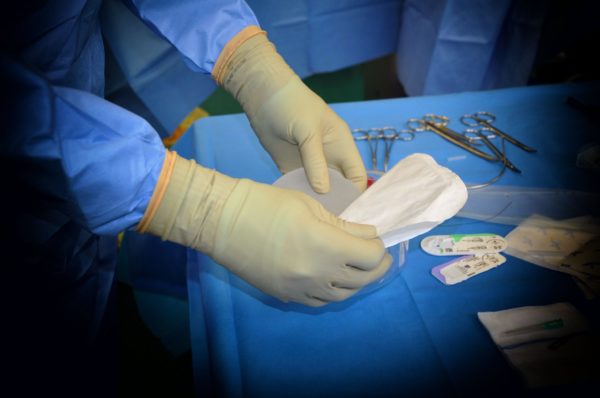Post Surgical garments for optimal recovery after plastic surgery
Wearing appropriate post-surgical garments can help you recover quicker and improve the results, following surgery. Your surgeon will advise you if it may help to wear a compression garment after your procedure. Not every surgeon utilises post-surgery garments. Some simply do not believe compression has as many benefits as research suggests for various reasons.
The advice of your surgeon overrides any information in this blog and should be followed.
Day of surgery and hospital stay
If your surgeon agrees that wearing a compression garment may be beneficial, they will advise when you should start wearing it. Dependent on what procedure you have had, it may not be possible to immediately wear your own garment as it may restrict access to drains.
Leaving the hospital
When advised to wear a compression garment, it is essential to wear it the length of time advised based on your surgeon’s protocol. Not everyone will need to wear a compression garment for the same amount of time, it can depend on the amount of skin and/or fat removed, how much loose skin remains, your skin elasticity and other factors.
On average after a breast augmentation or revision, you will typically wear a compression garment or surgical bra for 2 -4 weeks.
For procedures that involve body contouring on average a compression garment will be worn for 4-6 weeks.
Recovery can be divided into three phases.
Phase one – 1-3 weeks
Benefits of wearing a compression garment
Pain
Patients who wear compression garments may experience less pain compared to those who do not wear them.
Infection
A compression garment can shield your skin from outside germs like a barrier and protect the wound while you heal.
Blood Circulation
Compression garments help to maintain healthy blood circulation around the treated tissues so they can heal quickly and limit the risk of blood clot formation. Wearing post-op, compression garments have been shown to reduce hematoma and decrease the chance of postoperative bleeding.
Swelling
Compression garments help to restrict oedema that occurs after surgery by applying firm pressure to the area.
Fluid Buildup
Compression garments help to prevent the undesirable fluid collection and assist your body to absorb any fluid that does accumulate.
Bruising
Bruises occur when blood vessels are injured allowing blood to enter the surrounding tissue. The consistent pressure of a compression garment helps stop bleeding and prevents blood from moving toward the skin’s surface to reduce the appearance of bruises.
Healing
Compression garments can help to improve oxygen levels in soft tissue, allowing faster tissue repair. In addition, increased blood circulation promotes faster recovery.
Scarring
Compression garments potentially help to soften, flatten and further reduce the appearance of scars. They can also reduce the risk of keloid scarring and aid to soften and break up keloid scar formations.
Wearing compression garments
After surgery, many surgeons recommend wearing the garment day and night, except to shower. After showering ensure your skin is completely dry before putting your compression garment back on.
Phase two – 3-6 weeks
During the second phase of recovery (usually weeks 3-6), you may only need to wear the garment during the daytime. Of course, this can vary depending on which procedures you have had, and your surgeon’s aftercare instructions.
Phase three – 6-12 weeks
While each individual heals at a different rate, postoperative swelling can last as long as three months. Your surgeon will advise if it may still be necessary and for how long you need to wear your compression garment.
Comfort
Your compression garment should provide support without putting excess pressure on the area that is healing. Excessive pressure can reduce circulation vital for the healing process.
The garment should lay smooth and flat across your skin, this will prevent undesirable fluid collection.
A post-surgery garment should support you without causing pain. If the garment is causing a lot of discomfort, you may be wearing one that simply does not fit you correctly or is made poorly. If you are not sure if your compression garment is too tight or loose, speak to your surgeon. They may suggest adjusting the tightness. Wearing a compression garment too tight can cause more harm than good.
Risks
Too much compression may increase the risk of developing pressure necrosis (death of soft tissue/skin) or deep vein thrombosis (DVT). An ill-fitting or improperly worn compression garment can contribute to seroma formation or surface contour irregularities. If you have any concerns about your compression garment being too tight or not fitting properly, do not hesitate to contact your surgeon.
Washing compression garments
Most compression garments are machine washable at low heat. It is essential you wash your compression garment a minimum of once a week, to keep it fresh and clean.
Most surgeons agree that taking off your garment for a couple of hours on occasion will not result in any irreparable damage, but you might notice increased swelling. It is not advisable to repeatedly remove and put it back on your compression garment as this can increase the risk of seroma.This is why it is advisable to have a second compression garment that you can wear. If you are in doubt about how often and for how long you can take it off check with your surgeon.
Post Surgical garments may be worn after:
Breast Augmentation
Breast Reconstruction – flap procedures
Breast Reduction/ Reconstruction
More information on breast surgery Breast Surgery
Liposculpture/ Liposuction
Tummy tuck
Body contouring
Compression Garment help close the space that is created within the abdomen as a part of body contouring surgery. When a patient undergoes a tummy tuck, the flap of skin is elevated off the abdominal wall, leaving a space. The same thing occurs with body lift procedures, which also create a gap between skin and tissue. Liposuction, too, results in a void where the fat used to be.
When skin and muscle are elevated, you want them to heal in the correct position. One goal of compression garments is to encourage tissue to re-adhere to your abdominal wall by closing the space with gentle, constant pressure. Compression may help tissues re-adhere exactly as intended and promote skin retraction.
Compression garment vs abdominal binder
Both are post-surgical devices that apply gentle pressure to promote healing and reduce swelling. Many patients will initially wear a binder first thing after a tummy tuck. Binders are a type of wrapping that is typically made from a stretchy, elastic material with a Velcro closure.
Instead of Velcro, compression garments usually have hooks or zippers for closure. They are also typically larger than compression binders, for patients who have undergone multiple body contouring procedures in areas like the belly, hips and thighs. You may be asked to wear both types at different stages of your recovery. Of course, this can vary depending on which procedures you have had, and your surgeon’s aftercare instructions.
Purchasing compression garments – guide
Antibacterial properties: silver nanoparticles – help to prevent bacterial growth on the skin.
Breathable materials: reduce sweating, keeping your skin dry.
Moisture-wicking fabric:
reduce bacterial spread since bacteria thrive in moisture and heat.
Flat seams or seamless design: This will help to avoid unnecessary irritation on the skin as you heal.
Quality closures:
Unlike binders which have Velcro closures, compression garments have zippers or hook-and-eye closures. Zippers will make it easier to get your garment on and off.
Sizing:
To be effective, your compression garment should cover the full extent of the treatment area Sizing a compression garment correctly can be challenging. Speak with your surgeon and consult the manufacturer’s sizing charts before making any purchases.




